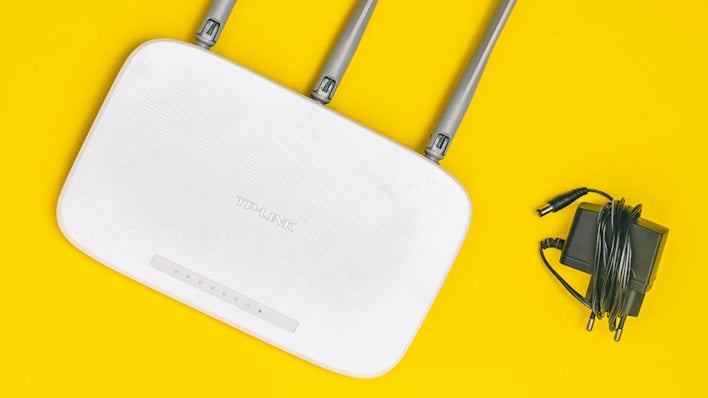Use This Wi-Fi Trick To Find Your Smartphone While Camping With No Cell Coverage

Techie and adventurer Matías García Isaía was on a trip a few weeks ago with family and friends doing an off-road ATV trip in northern Argentina. While there are more populated areas of Argentina, you can certainly get away from it all – and subsequently lose cell phone coverage. In any event, one evening, the group was making food when one of Isaía cousins realized they had lost their phone. The last time it had been seen was during a trip to the closest town some 50km (31mi) away.

With WhatsApp messages and phone calls sent, there was little else that the group could do to locate the phone, given the lack of cell signal. That was until Isaía recalled that while they had normally turned off their WiFi to save battery, not everyone does this. As such, they could use their own phone’s tethering feature to spin up a WiFi network with the same name and password as the cousin’s home network and wander around to see if anything connects. Eventually, a connection was made, and the missing phone was discovered lying on an ATV outside.
While this is a super cool way to find a missing phone and could be useful for anyone going through a similar situation, it is a reminder about the dangers of WiFi. Specifically, Isaía executed an “evil twin” attack where they set up a WiFi network to spoof another one and collect some sort of information. Though this is not likely to happen in the outback of Argentina, take a moment to think about all the public WiFi connections you have used that do not have a password. From coffee shops to airlines and everything in between, it would not take much to spoof that WiFi network and pass all network traffic through an attacker-controlled server in an effort to steal sensitive data or information.
Of course, this is less of a concern if you are on encrypted websites indicated by HTTPS versus HTTP, and even more so if you use a VPN on any public WiFi network to double down on personal security. However, it might be worthwhile simply turning off auto-connecting WiFi even though it would break this method of finding a missing device.
In any event, spooling up a WiFi network is a genius way to find your own devices, provided you understand the risks. It is this kind of thinking that not only provides clever solutions to problems but also enhances security.

